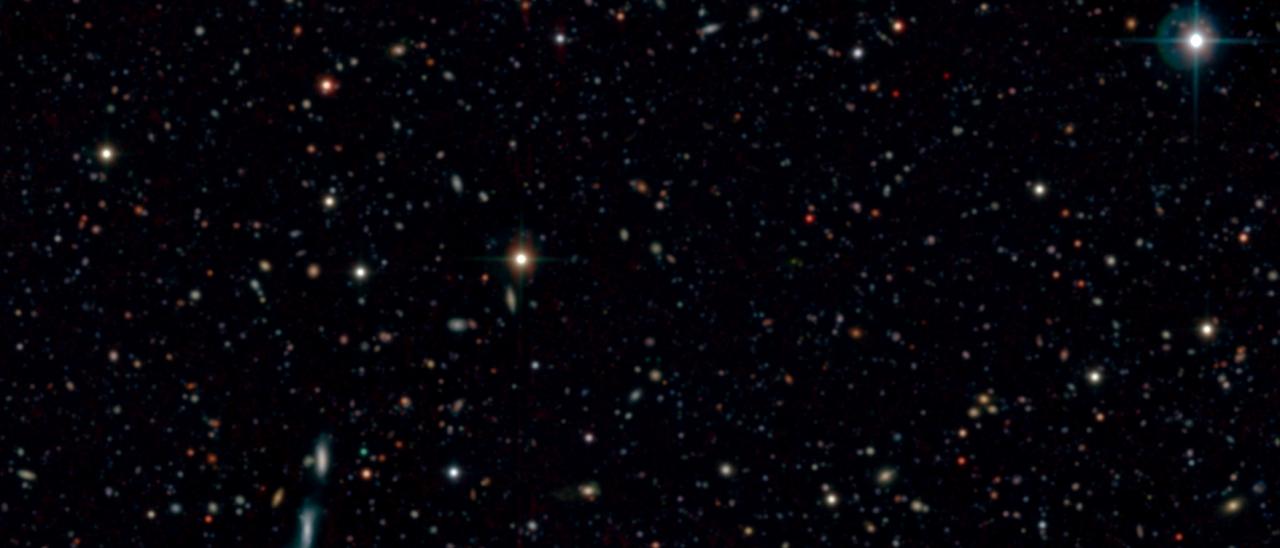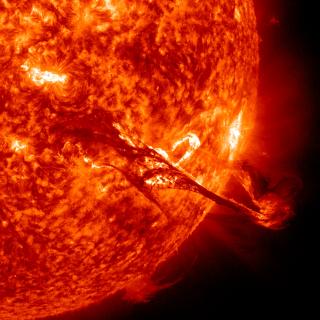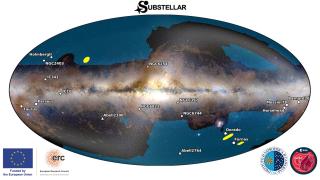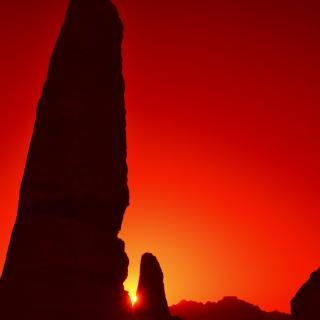General
Galaxy evolution is a crucial topic in modern extragalactic astrophysics, linking cosmology to the Local Universe. Their study requires collecting statistically significant samples of galaxies of different luminosities at different distances. It implies the ability to observe faint objects using different techniques, and at different wavelengths, from the centimetre regime to gamma-rays, noy only for comprehensively studying different physical processes, and constraining the spectral energy distribution of the targets, but due to the redshift of the distant galaxies.
The project presented here is aimed to the scientific exploitation of a set of galaxy surveys, of the same areas of the sky, at different wavelengths, that form the database called "Evolución". This database is composed by the surveys OTELO and GLACE, of galaxies in field and clusters, respectively, obtained using the optical Tunable Filters of the instrument OSIRIS of the 10.4m GTC; the survey Lockman SpReSO, composed of optical spectra of galaxies obtained with the OSIRIS instrument at the GTC; and PEP, a survey of Far Infrared images obtained using the ESA Herschel spatial observatory. This database is enriched with ancillary data encompassing from the centimeter regimen (using VLA) through the X-Ray (using the ESA facility XMM).
In this way, "Evolución" provides, for thousands of galaxies, the emission line fluxes of different elements, together with their morphologies and continuum in the optical, NIR, FIR and X-ray, from redshifts ranging from z = 0.4 up to 7.0. GLACE, the survey of clusters using the same techniques and wavelengths than OTELO, allow studying the evolution of cluster galaxies, comparing it with that derived from field ones using OTELO. With these surveys the team is tackling several critical aspects of galaxy evolution such as the evolution of star formation rates (SFR), metallicity, bolometric luminosity, extinction, and the accretion power of active galactic nuclei, among others, with cosmic time and environmental density, for even the faintest or the more distant galaxies observable with the currently existing facilities. Also, the combination of deep observations at different wavelengths, will allow shedding light on the relations among the different objects of the zoo observed at high redshift, which is still largely at stake.
Members
Results
Obtaining the final OTELO catalogue corresponding to the first pointing, has been a milestone for the project. This catalogue represents the deepest extragalactic emission line survey so far obtained, and includes astrometry, and correlated ancillary data ranging from X-Rays to radio (cm). Deriving photometric redshifts and morphologies (using HST/ACS data) will allow the team to tackle the scientific exploitation of this survey. A Lyman-α candidate at a redshift larger than 6 is shown in the image below.



